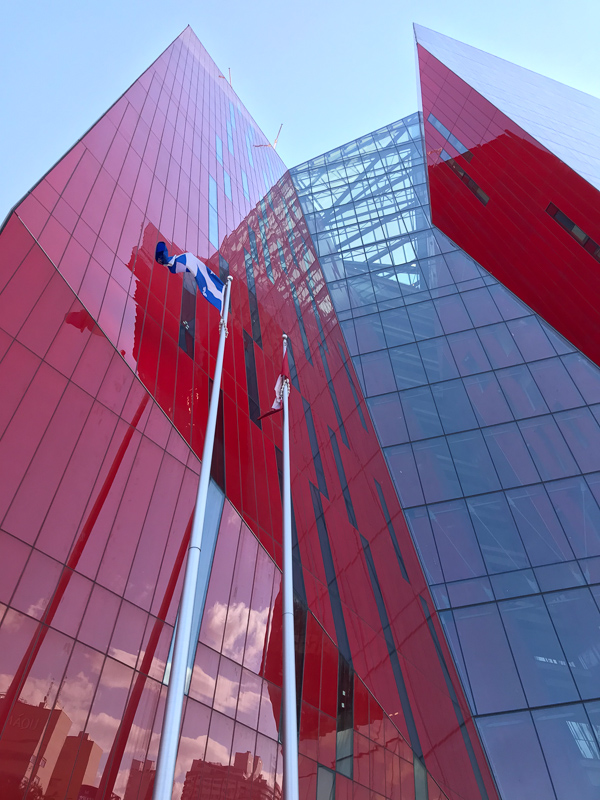The pictures I’ve posted here thus far have primarily emphasized the older aspects of Montréal: cathedralesque stone churches, ornate house façades, and historic parks. Montréal feels like a much older place than Los Angeles1.
People have been living and building things here for a long time. The island has been occupied for at least 4,000 years, and when the European settlers arrived in the 16th century, agricultural communities with fortified villages had already been here for hundreds of years. There are at least five buildings built before 1700 that are still standing in the city, and dozens of buildings from the 18th and 19th century.
Today, however, while on the métro — an automated train system hurtling at 72 km/h (~45 mph) through a tunnel some fifty feet (~15m) underground — it occured to me that I was not just living in an old city, but living in a futuristic city straight out of science-fiction. And even then, it’s a mix of recent science fiction and retro-futuristic science fiction.
So I thought I’d present a collection of pictures of the futuristic. Click on any picture to expand it.

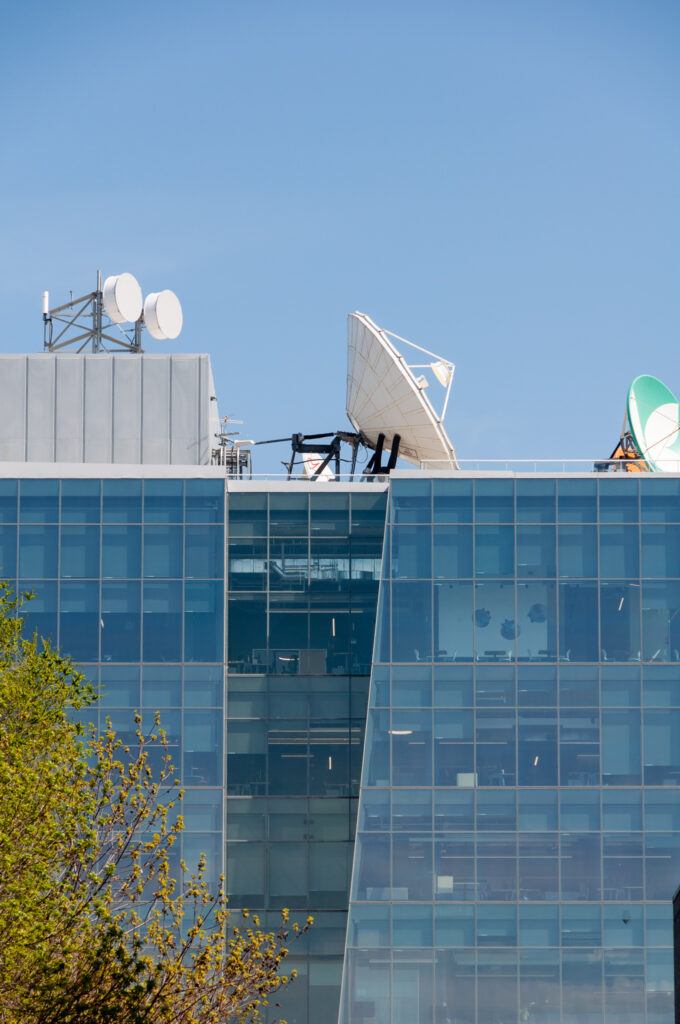
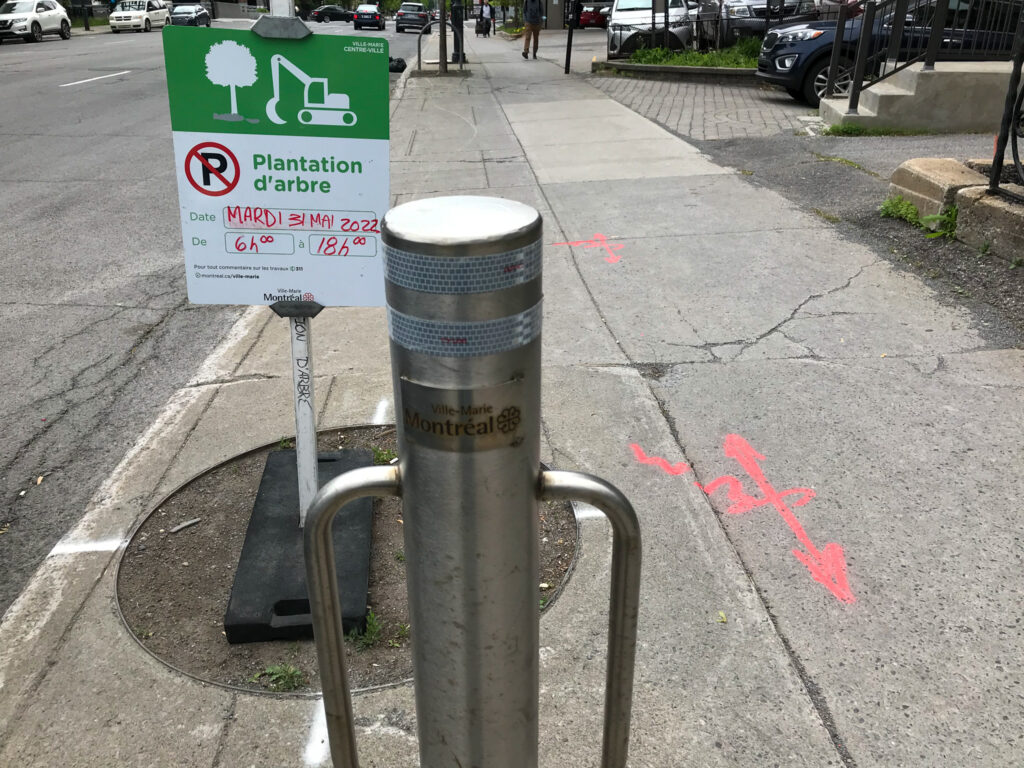
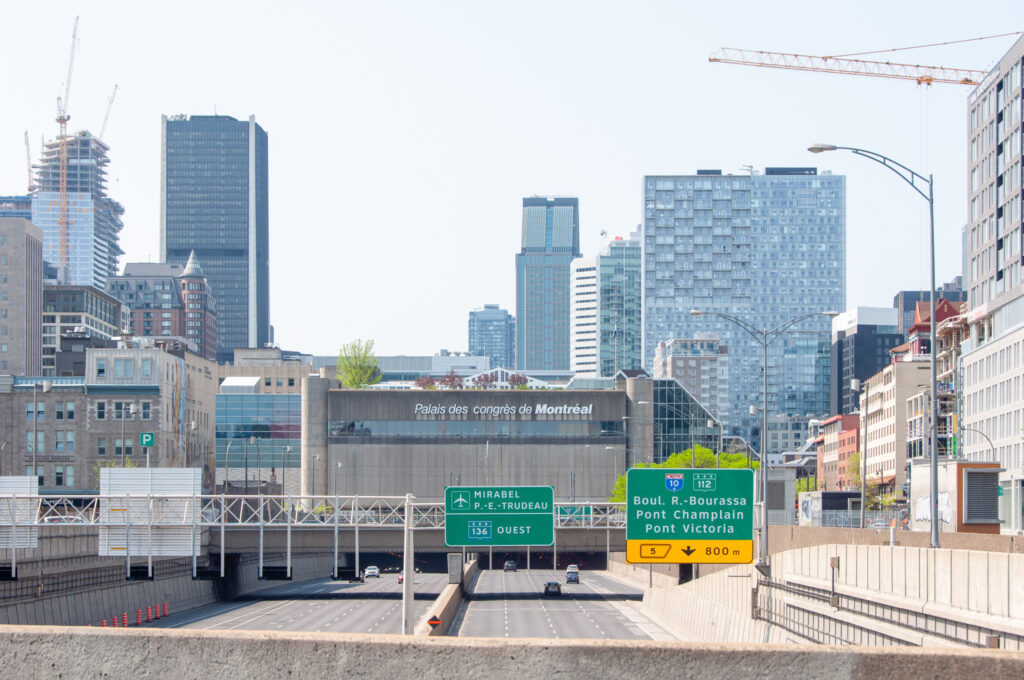
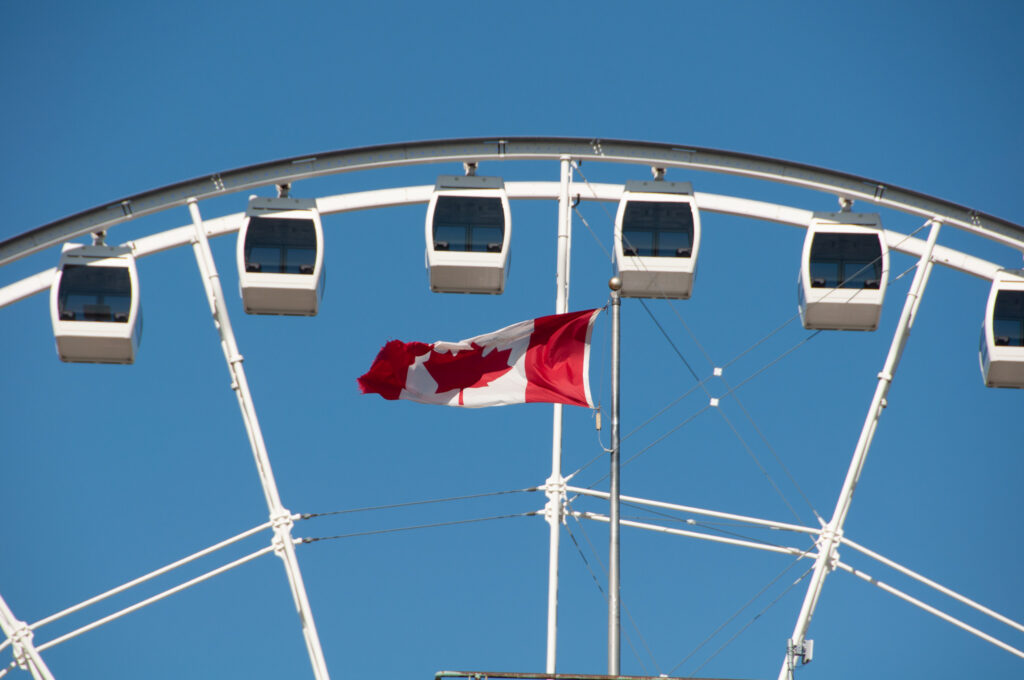
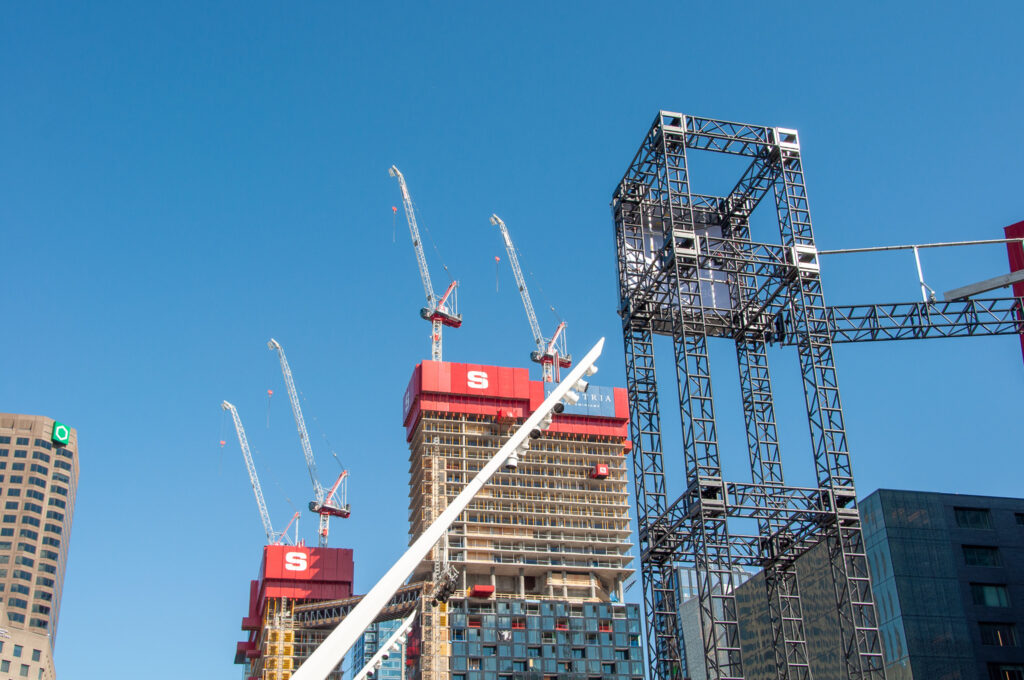
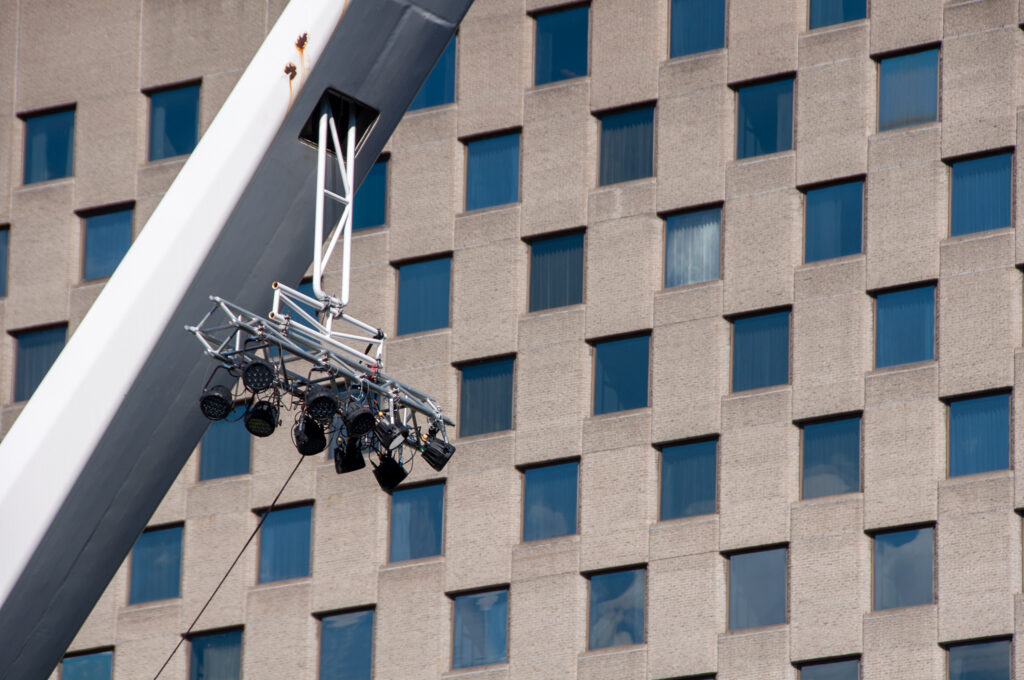
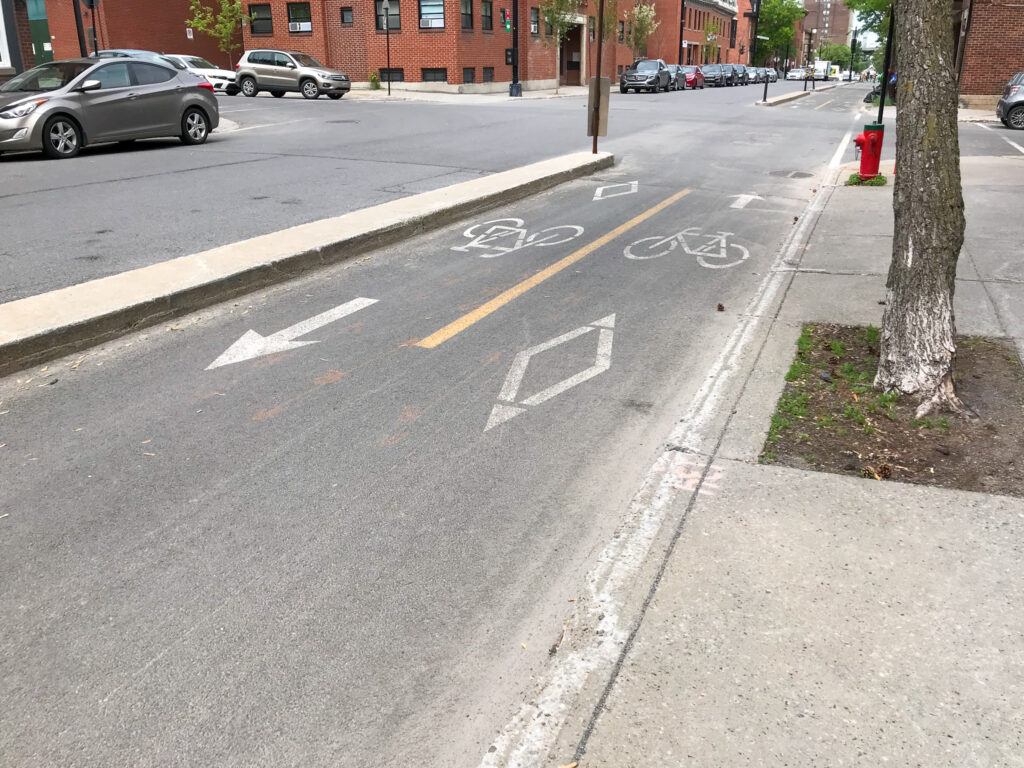
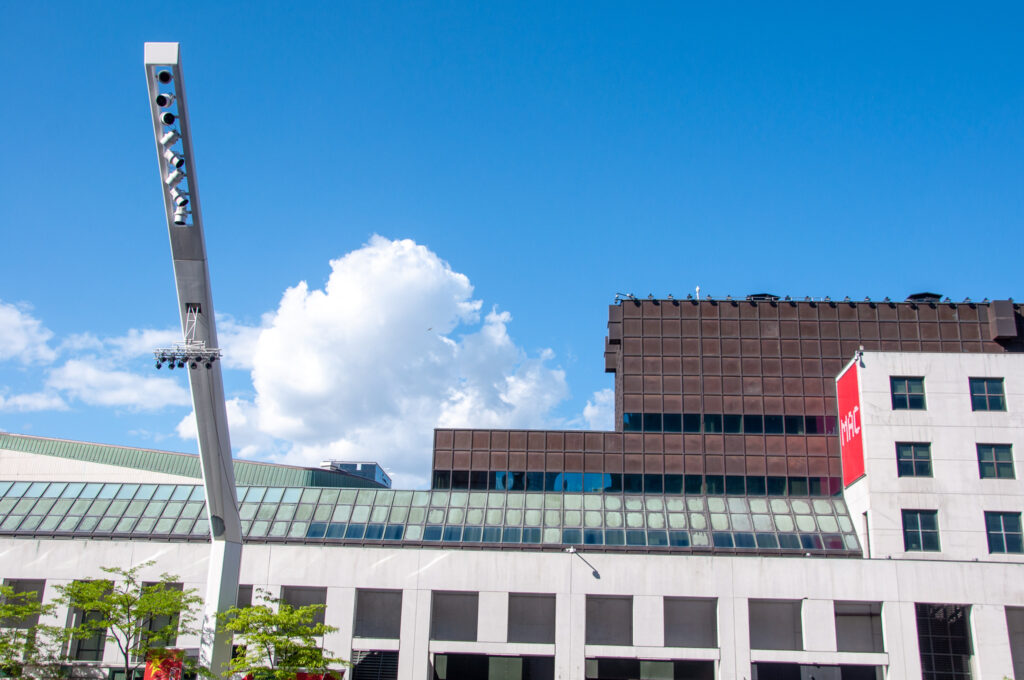
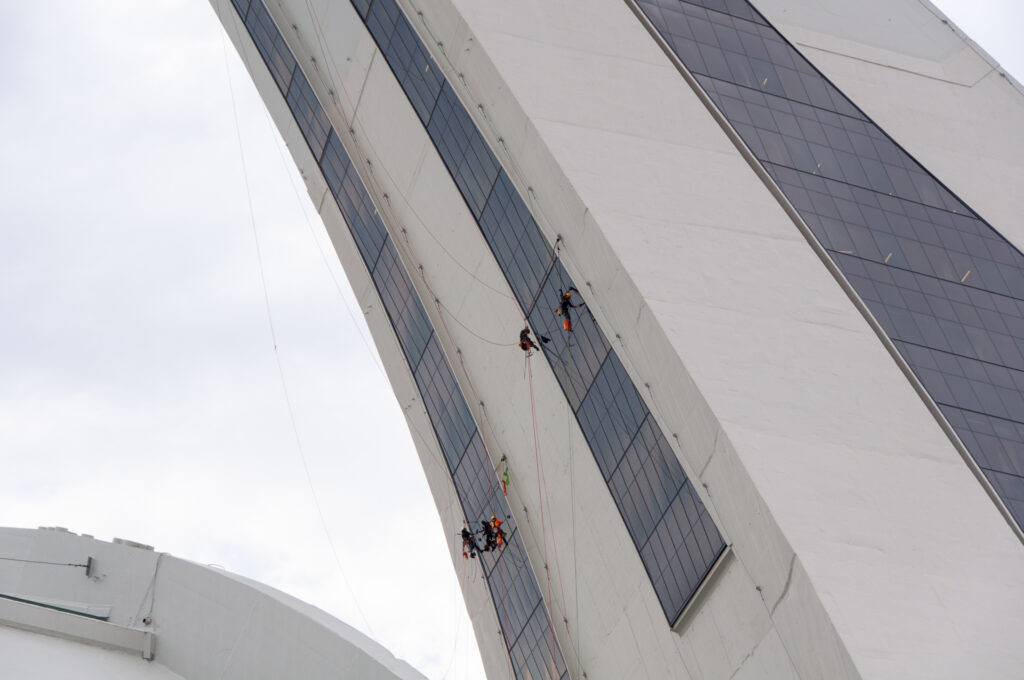
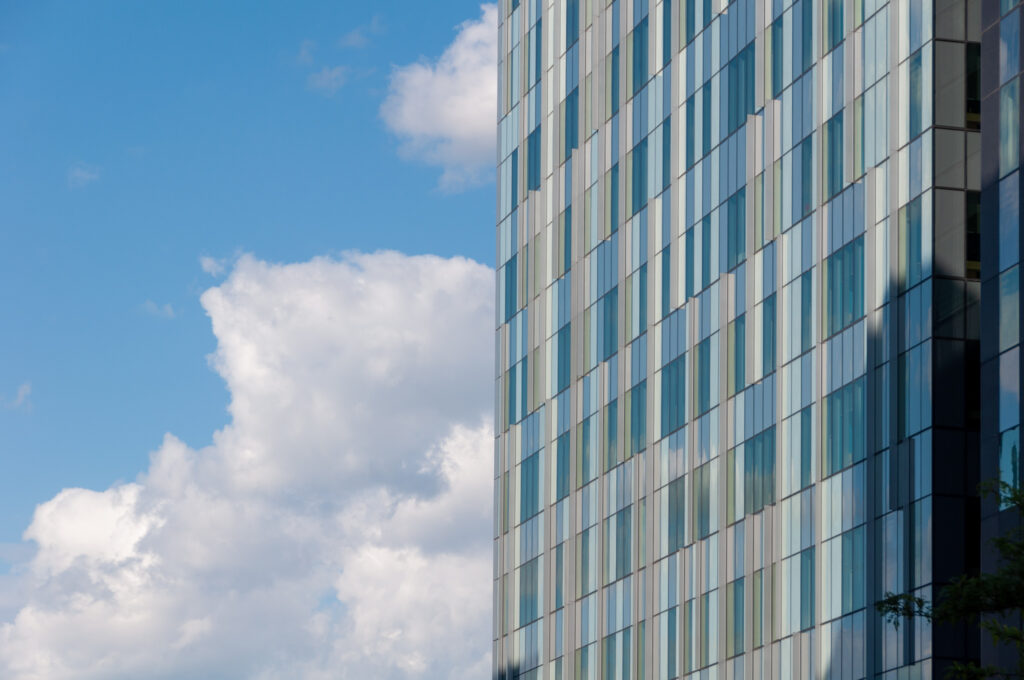
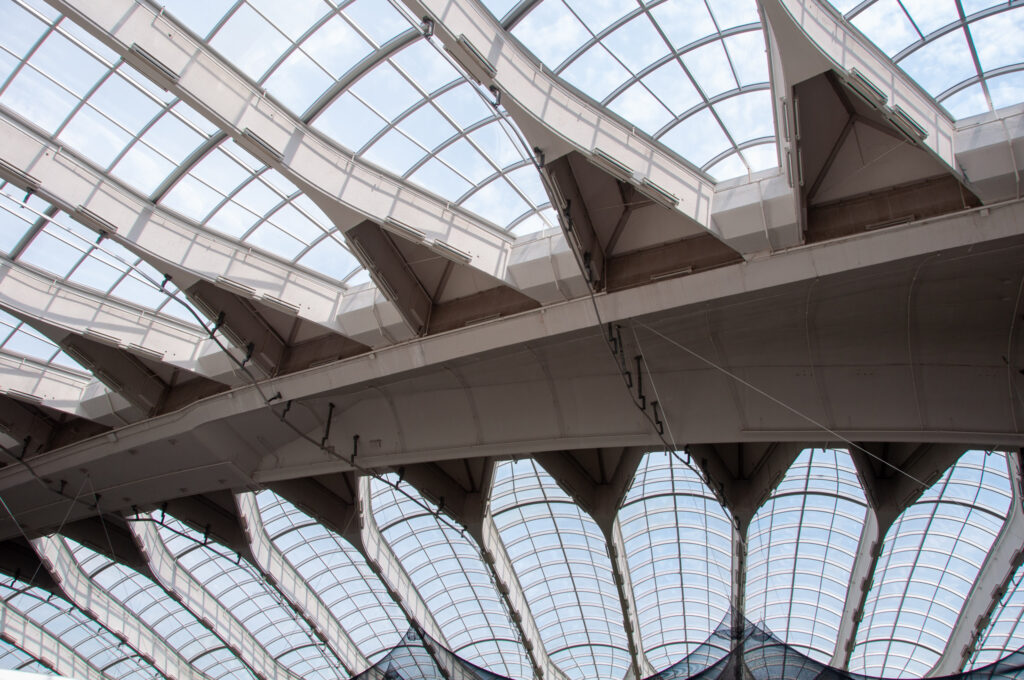
1 The locations that are now Los Angeles and Montréal were “discovered” by Europeans around the same time: Cabrillo claimed Southern California for Spain in 1542, and Jacques Cartier claimed much of Québec for France in 1535 (both places had been occupied for thousands of years before). The difference in city “age” is that the population in Montréal grew faster/earlier. Below is a population graph from 1700 through 1930.
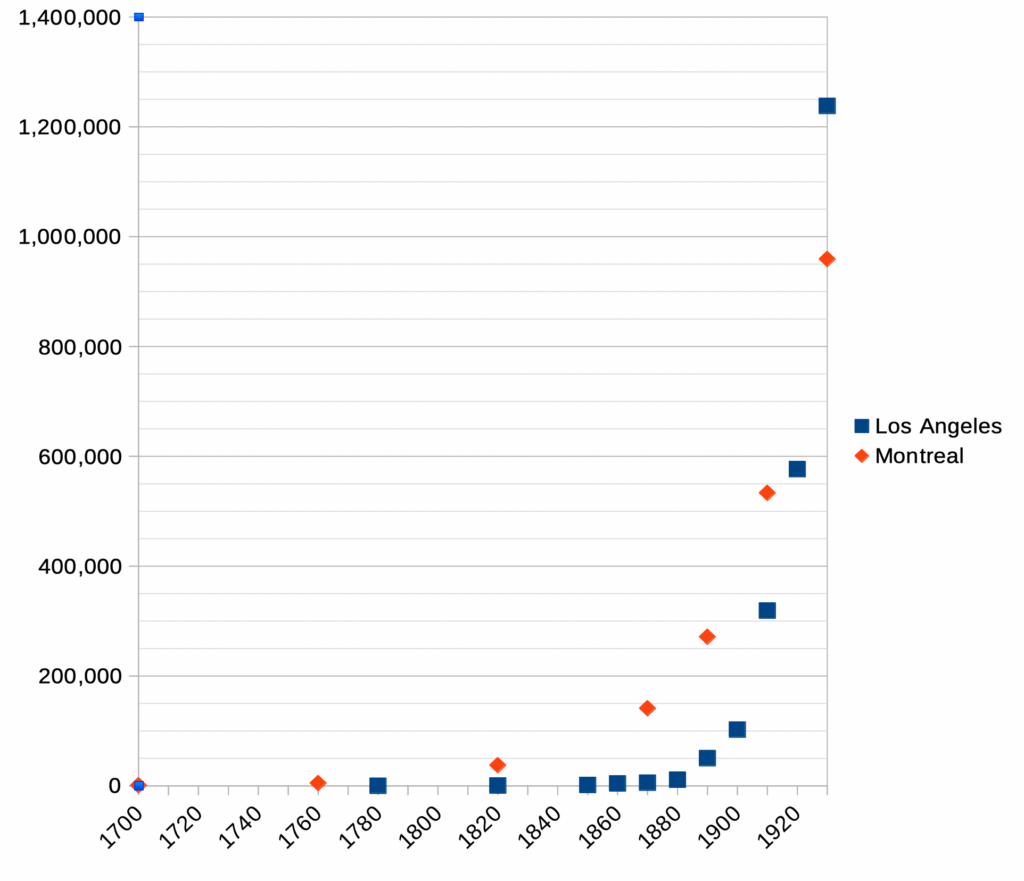
Sources: Because I’m making a lot of claims about history, it’s only fair I list where I got the information. When sources didn’t agree, I used my own discretion. Regard all numbers with suspicion and all history with skepticism.
Métro system information: Société de transport de Montréal, Wikipedia.
Old buildings: Wikipedia.
Settling of Montréal and Québec and population figures: Wikipedia, Encyclopedia Britannica, Demographia, Open Textbook Project (Canadian History: Post-Confederation).
Settling of Los Angeles and Southern California: Wikipedia, LA Almanac, KCET.

